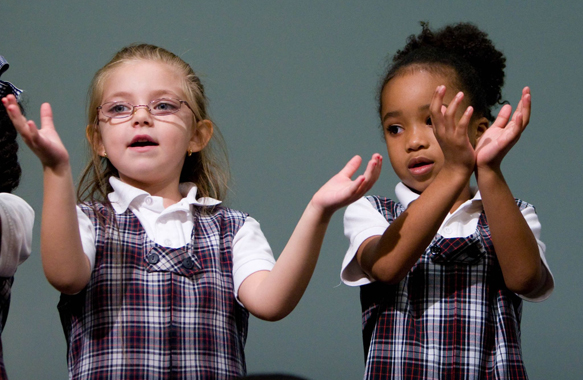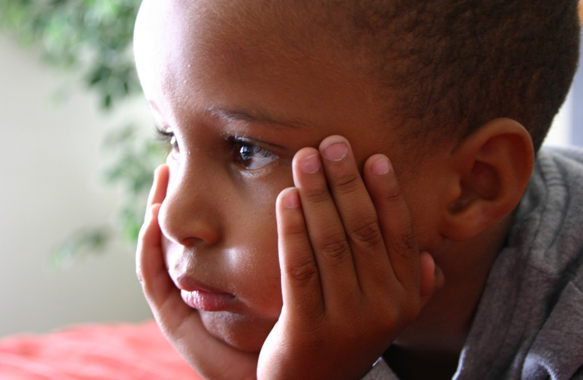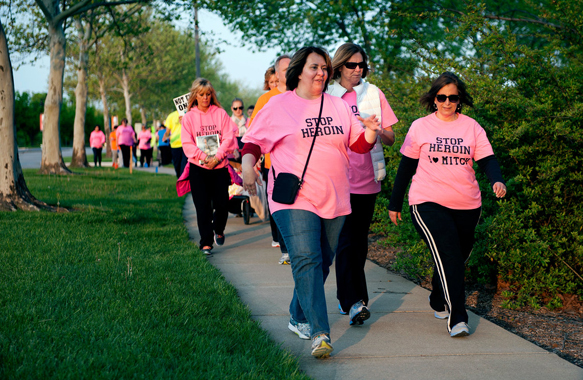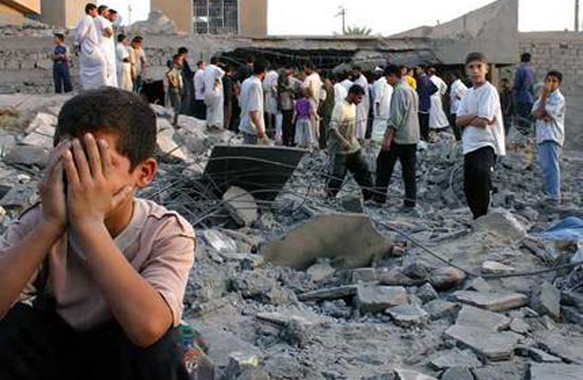Originally Published at Edutopia
Cognizant of the veracity that each of us learns by various means and that at times, we may prefer to gain knowledge by wading through the weight of words we present the transcript.
Daniel Goleman: What we’re calling today social and emotional learning actually has many of its roots back in the ‘80s when kids were having lots of problems with things like drugs, unwanted teen pregnancies, drop outs, violence in schools and the federal government mandated programs to prevent these things. There was a war on bullying, there was a war on drugs, there was a war on violence in schools and about the time I as a science journalist at the New York Times was looking around at what I ended up calling emotional intelligence.
About that time a foundation, the WT Grant Foundation funded study of all of these programs because people realized some of these programs work and a lot of them don’t and they want to know what’s working and so they did an analysis of the different components and so on and they realized that the programs that worked all shared a common set of ingredients and what were they? They’re helping kids become more self aware, they’re helping them manage their distressing feelings, they’re helping them be more empathic, control impulse, make sound social decisions like how can I say no to drugs and keep my friends and that essences has been extracted from those programs and brought to the classroom as social emotional learning.
Today they’ve completed a mega study of more than 200 independent analyses that look at kids who have these programs and kids who don’t, comparable kids and they find that if kid’s get the training in social emotional learning that all pro social behaviors, things like attendance, behaving well in class, liking school. They all go up about nine or ten percentile points and the things that they’re trying to prevent, the drug use, the violence in schools, the bullying, all of that goes down by the same margin and the real kicker I think is that academic achievement goes up, it’s eleven percentile points and if you look at the difference between groups of kids who don’t do well and groups who do, the difference in their achievement is about the same range. I mean this pretty much closes the achievement gap and it works best for the kids who need it the most.
So today I think that the social emotional learning movement has the ammunition to go to the next level, really to take it scale, to make it available to every kid, everywhere in the country. I think to get this kind of education for every kid we have to first get over our fixation on academic achievement tests as the end all and be all of education. We have to remember we’re educating the whole child and if you talk to people in companies as I often do, you find that they don’t just want bright kids with technical skills, they want bright skills with technical skills who know how to get along, who can cooperate, who can be good team mate members, who could relate well to customers, who manage their emotions well, who stay motivated, who take initiative. Those are social emotional skills. So what makes kids prepared for the work place is yes it’s the academics but it’s this too and I think that we need get over the mindset that sees this as something extra or something unnecessary.
Neuroscience is now telling us that children’s brains are plastic that is they’re shaped by repeated experience and if you’re going to help a child be prepared for life you want to give that child the repeated experiences that are going to help his brain or her brain be able to manage their anger, to calm down when they’re upset, to tune into other people, to get along and the best way to shape the brain we’re finding is through social emotional learning because it targets the very circuitry that’s taking shape through childhood that’s going to be your foundation for life, for better or worse on how well you can do those things. So this is not touchy-feely, this is very hard science now.
I think everyone should care about this, not just people who are parents, it’s not just I want this for my kid, I want this for my community because I want to be safe walking down the streets. I want my friends and neighbors to be safe and one of the strongest affects of this is it heads off criminal careers, it helps kids who otherwise might go down the wrong alley be able to manage their impulse, manage their anger, tune in to other people and get along better and I think it just makes the world a better place for all of us.
For more information on Social Emotional Learning consider a snippet of the literature from Collaborative for Academic, Social, and Emotional Learning.
What is social and emotional learning (SEL)?
SEL is the process through which children and adults acquire the knowledge, attitudes, and skills they need to recognize and manage their emotions, demonstrate caring and concern for others, establish positive relationships, make responsible decisions, and handle challenging situations constructively. Although SEL is not a program, many available programs provide instruction in and opportunities to practice, apply, and be recognized for using SEL skills. Competence in the use of SEL skills is promoted in the context of safe and supportive school, family, and community learning environments in which children feel valued and respected and connected to and engaged in learning. SEL is fundamental not only to children’s social and emotional development but also to their health, ethical development, citizenship, motivation to achieve, and academic learning as well. (Elias et al., 1997, and CASEL, Safe and Sound, 2005)
Why is SEL needed?
There are a great deal of data indicating that large numbers of children are contending with significant social, emotional, and mental health barriers to their success in school and life. In addition, many children engage in challenging behaviors that educators must address to provide high quality instruction. Data from the 2005 Youth Risk Behavior Survey stated that:
- 6.0% of U.S. youth 14-17 years old did not go to school on one or more of the previous 30 days because they felt unsafe at school or on their way to or from school.
- 7.9% of these youth reported having been threatened or injured with a weapon on school property during this same period.
- 28.5% of these youth reported having felt so sad or hopeless almost every day for two weeks or more in a row during the previous 12 months that they stopped doing some usual activities.
- 13% reported actually having made a plan to attempt suicide during this period.











Leave A Comment